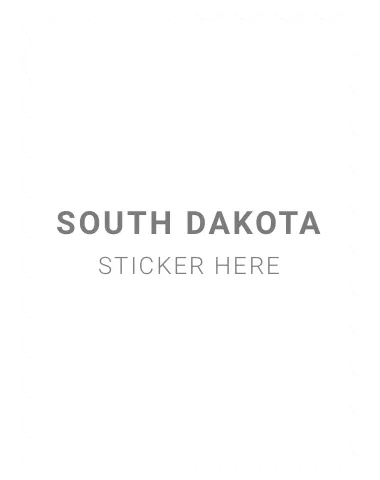South Dakota
Discover South Dakota

Capital
Pierre
Statehood
November 2, 1889
South Dakota's past dates back to the Native American tribes, including the Lakota Sioux and Dakota, that inhabited these lands for generations. The state takes its name from the Dakota Sioux, meaning "allies" or "friends." Their rich culture and history continue to influence South Dakota today.
The mid-19th century brought European-American settlers and the rush for gold in the Black Hills. This resulted in tensions with the native inhabitants and eventually the Battle of Little Bighorn. The discovery of gold in the area also led to the founding of the iconic town of Deadwood, where legends like Wild Bill Hickok and Calamity Jane left their mark.
In 1889, South Dakota achieved statehood, becoming the 40th state of the United States. It's known for the faces of four American presidents carved into Mount Rushmore, a testament to the nation's history.
The state's agricultural roots run deep, with fertile soil supporting the growth of wheat, corn, and sunflowers. Ranching has also been a way of life, and the state celebrates its cowboy heritage with rodeos and fairs.
South Dakota is home to stunning natural wonders, including the Badlands National Park, the Black Hills, and the Missouri River. Custer State Park is a wildlife paradise, home to bison, pronghorns, and burros.
For explorers and history enthusiasts, a visit to the Crazy Horse Memorial is a must. This colossal monument, still in progress, honors the legendary Lakota leader. The Journey Museum and Learning Center in Rapid City provides a deep dive into the region's history.
In South Dakota, the spirit of the Old West lives on. Whether you're gazing at the monumental faces on Mount Rushmore or hiking the rugged trails of the Badlands, South Dakota offers a journey through history and nature that's truly unforgettable.
Source ChatGPT
Major Airport
Sioux Falls Regional Airport

Elevation
436 m
Opened
1937
Runways
3







